It’s where the past is hit by the future. The past is sedimentary and igneous rocks that formed the earth; the future is the waves that smash onto them loaded with shingle driven by sun, the moon, winds and tides, the sea reputedly where life started. Man inhabits the tidal zone between the two, this is the fragile here and now, the container of both pleasure and terror. In storms man hides from the violence of the waves in terror but for pleasure when the sun shines and the sea is calm, he bathes and swims carelessly. For the difference he looks to his Gods – religion, science, myths and legends; all are grist to an artist’s mill, gifts from his muse, colouring the in between.
Man protects his now with groynes and sea defences all to protect what is temporarily his property. In Britain he builds but not right to the shore because of our huge tidal rise and falls. Unlike the Mediterranean where buildings go right to the water’s edge because their tide is only 18 inches by comparison with the 25 feet we get on the Sussex shore. Not only does man build defences for his property and the land itself but he also builds defences for those bits of his life which he uses the sea for, not just harbours and quaysides but his pipelines that discharge excess rainwater, treated sewage and the other poisons from his day-to-day activities or bring ashore the treasure from under the sea bed, oil and gas (what treasure do you have under your bed?).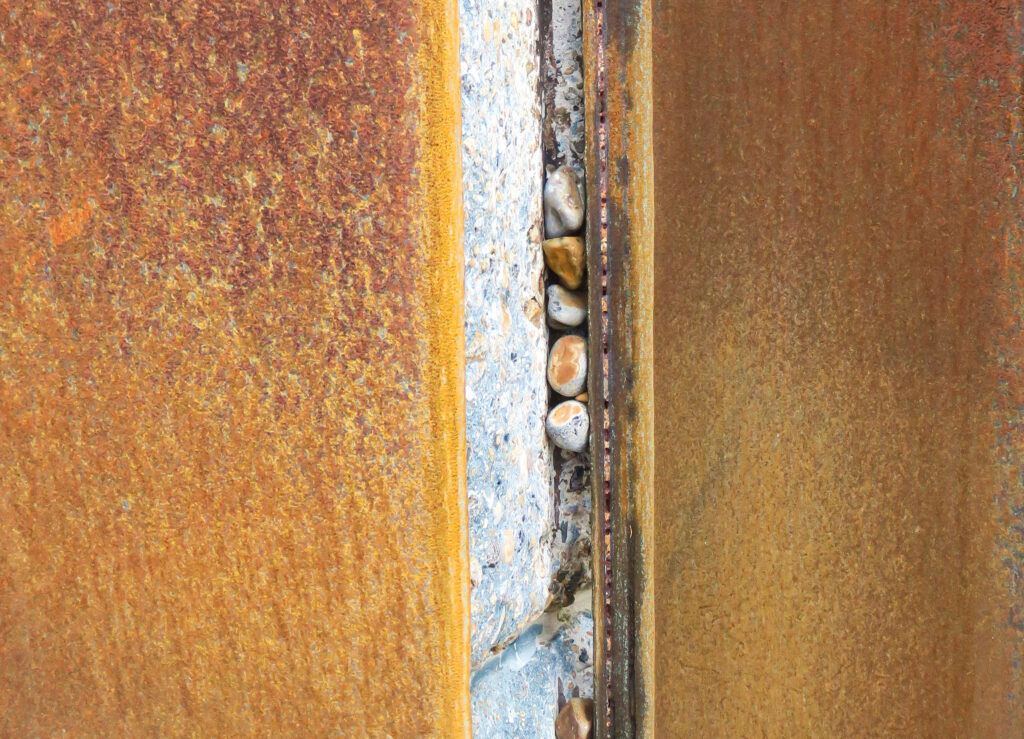
Our past disconnects from our future. It happens when generations deny history or disrespect tradition. My uncle, one of London’s ‘diamond geezers’, married to my Jewish auntie, living in council accommodation in Battersea (is that Battayzeyah now?) drove his old Jag on his fake Australian licence. His business was booze and he worked in Soho, sold a girl a bottle of gin and got her to open her plastic mac for his 14 year old nephew to see the naked beauty beneath. No wonder I taught life drawing for 20 years, but by today’s standards Soho was light entertainment. But that was then. Auntie and uncle are mourned, the ‘offie’ is now a champagne bar, Soho seedier than ever, pornography no longer strippers and tarts but the biggest part of money on the web, brutality and nudism on different Macs – gifts of Satan’s apple.
The seas timeless assault has pushed the Sussex coastline 2 kilometres back from its original position over 2 millennia, our past in part under the waves, according to geologists. Let it continue to destroy our coast scream ologists of another sort, thinking it is restoration when they are accelerating destruction, uncaring for the human cost. The mindless tick-box eco-call echoing other cries for destruction from the markers of our past. What are we with no past? Are we again to wander the earth seeking new habitats to despoil, leaving the richness we have created to be gorged on by feckless drifters from other places, who want to plunder what they cannot create themselves, whilst we use our native ingenuity to create new worlds, perhaps on Mars or beyond?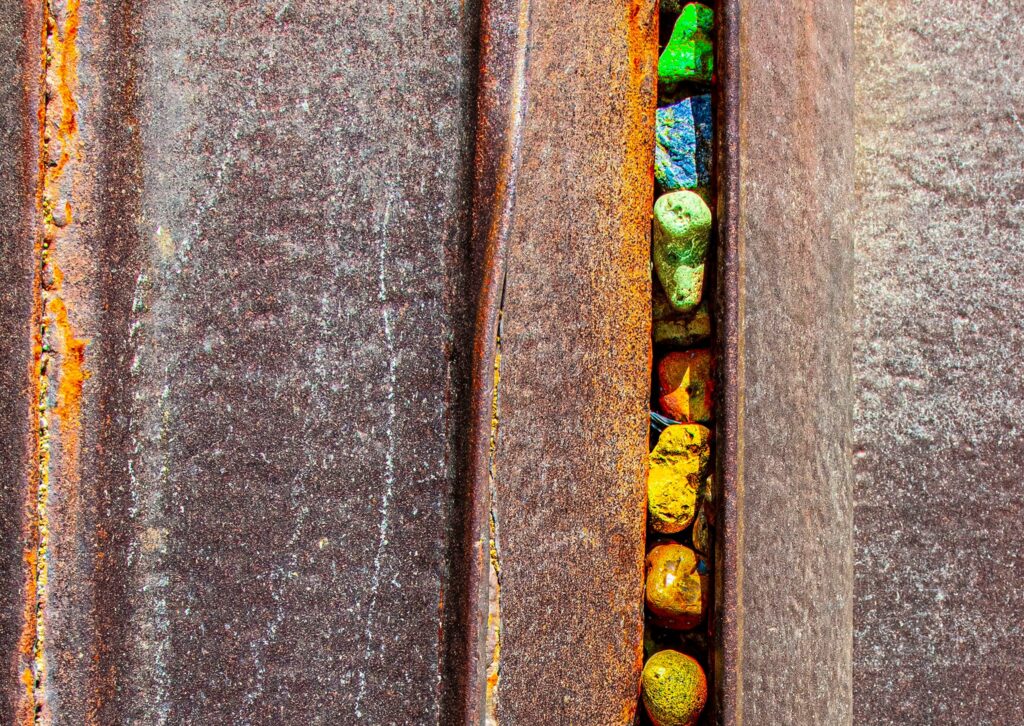
Meanwhile the ologists of all kinds try to interfere with survival instincts, allowing sea defences, like civilisation, to collapse. But what magic this passivity allows to develop as the old decays and its beauty shines out of the chaos the ologists create. Rusting produces glorious colour, responding to the attack of pebble and salt spray, being sucked free of the underpinning construction revealing speckled colouration of shingles used in the concrete mix beneath. Voluptuous weed adds its purples and greens to the mix, timber pales with salty additions, bolts staining the wood bright orange in a kaleidoscope of colour ignored by the zealots who want nothing but the grey waves devouring all before their fury, removing coastal paths, the lifeboat house long gone, the Coastguards cottages next to fall.
The same shingle that hurtles in at 30 miles an hour on 20 foot waves driven by wind and storm, rams itself between sheets of steel, glowing like ‘diamonds in the rough’ to be revealed by the artists eye. The musical cacophony of wind and water occasionally supplemented by a dull roar as great slab of white cliff fall to form a blackened platform for seabirds at low tide. Rarely to a shrill cry as a careless walker too close to the edge screams in despair and bounces against the cliff face in their deathfall, and those successors to the Coastguard heave their way the miles along the coast from distant port to retrieve the corpse.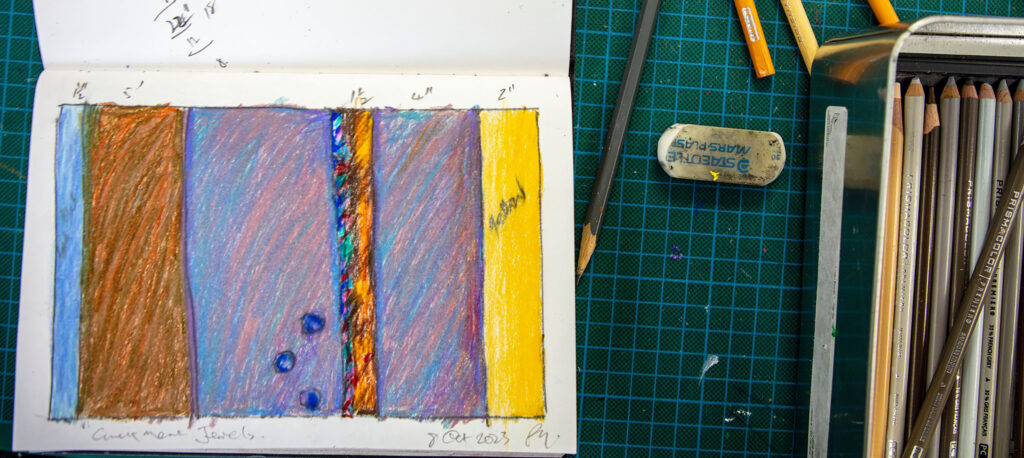
The artist absorbs the knowledge, sees the changes and extracts to beauty and texture from his visions. The students sat, legs over the cliff edge, oblivious to danger; the lean form of the blond wing rider hurtling through the surf; the orange suited lifeboat crew; the anorak clad ologists are but temporary ephemera compared to the eroding steels which flaunt their changing colour at every tide. But even these cliffs, all of man’s trace, historic continental telegraph cabins, homes and wartime defences will all disappear as the sea advances when negligent ologists think they are restoring nature – an unnatural nature without people.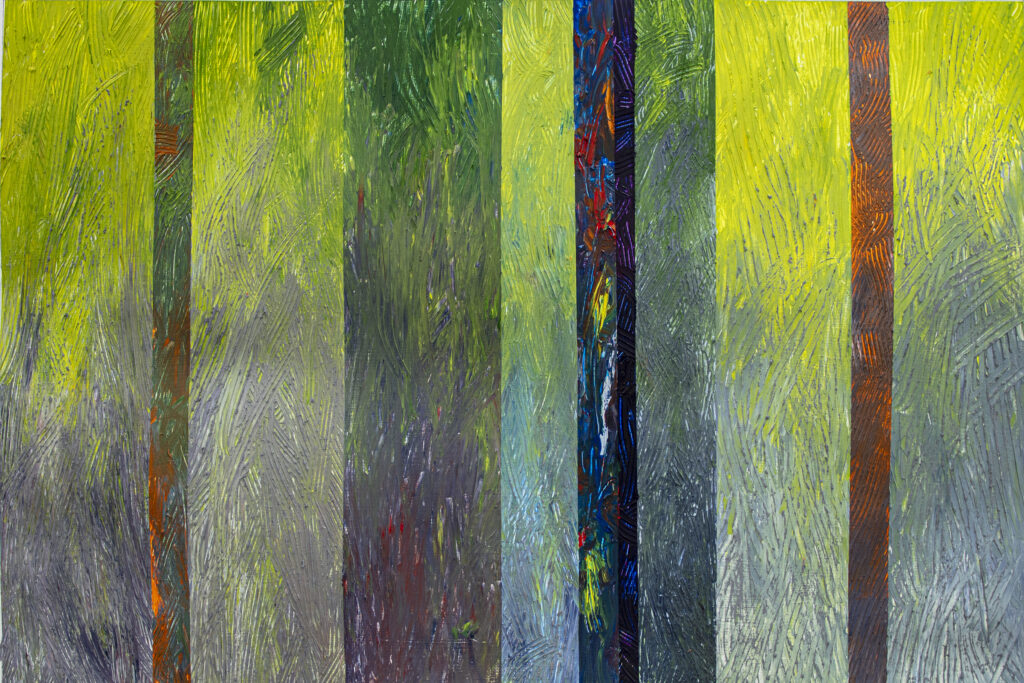
Perhaps too some of the past will be saved – the danger being not global warming but malicious local envy and a determination to preserve nature without humans that prevents new defences. At the foot of the Cliff a skeleton of a poor hound still with its collar reveals a careless walker who let their dog off the lead too close to the edge. A video circulates showing sheep tumbling down the Cliff as another careless dog walker allows their leadless dog to chase the flock along the clifftop. The artist once walked to a pub over the Moors in Lancashire and saw a hound chasing cattle round a field. An hour or so later man walked into the pub spoke to the barman, came across to the artist and gave him a pint. “what’s this for” said the artist “oh” said the man “that dog was chasing my cattle”. “oh did you manage to stop it”, “yes” he replied “I shot it”. Dog walkers don’t realise that farmers have the right to kill any pets chasing their herds. Perhaps if more did less people would be careless with their hounds.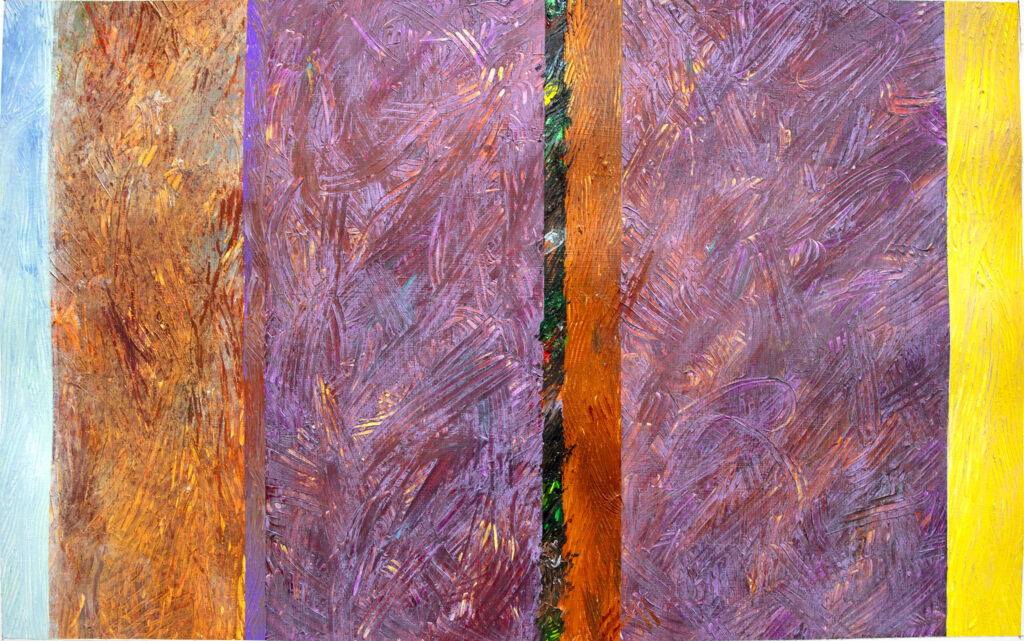
The footpath over the cliffs sees 300,000 plus people making the walk along the path annually. Many stop to admire the cottages, an iconic view that is featured in movies all over the world; been used by pop stars as a backing to their music; is used by TV plays; detective series; all because of its iconic nature. The cottages are visually set against the cliffs, an image of man against nature, but soon if the ologists get their way the cottages will be gone. They don’t even want to wait for the waves to do the work they think that to prevent the cottages polluting the sea they should be demolished and removed from the area now. Meanwhile the rusting sheets which protect it all continue to decline from neglect, nobody seeming to take responsibility for what was constructed in the 1950s even where the decay threatens life.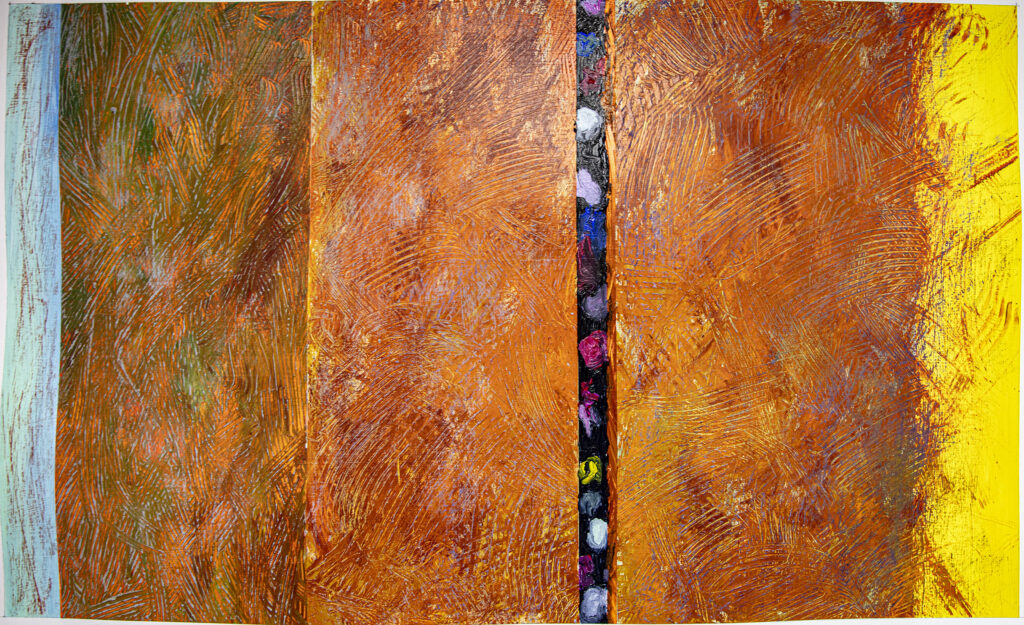
The artist sees it, records it, photographs it, walks in storms seeing the sea crashing against cliffs, grass rippling like waves, branches rattling against each other in the gale. Writes about it but above all captures the colour of decay and looks at it hard in his works, sees it as symbolic of man’s decay. The artist dreams of his own death, perhaps going out Viking style, but not on a long boat but a pyre made from his artworks. Some art will survive, as patrons hang the paintings on their walls. Will then perhaps one day art be seen on Mars? Or will be swallowed by the sea?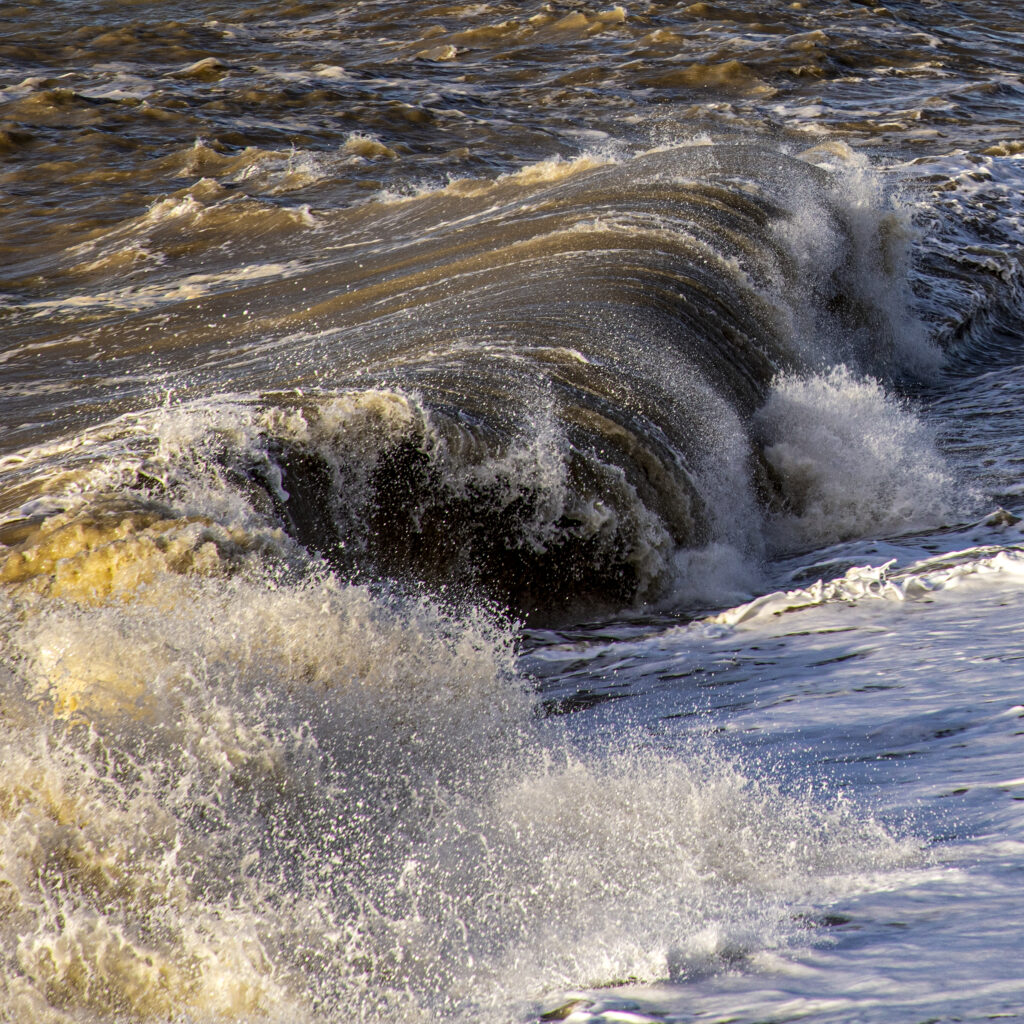
Only the old man of the mountains knows…
Follow me on twitter
Follow me on Facebook

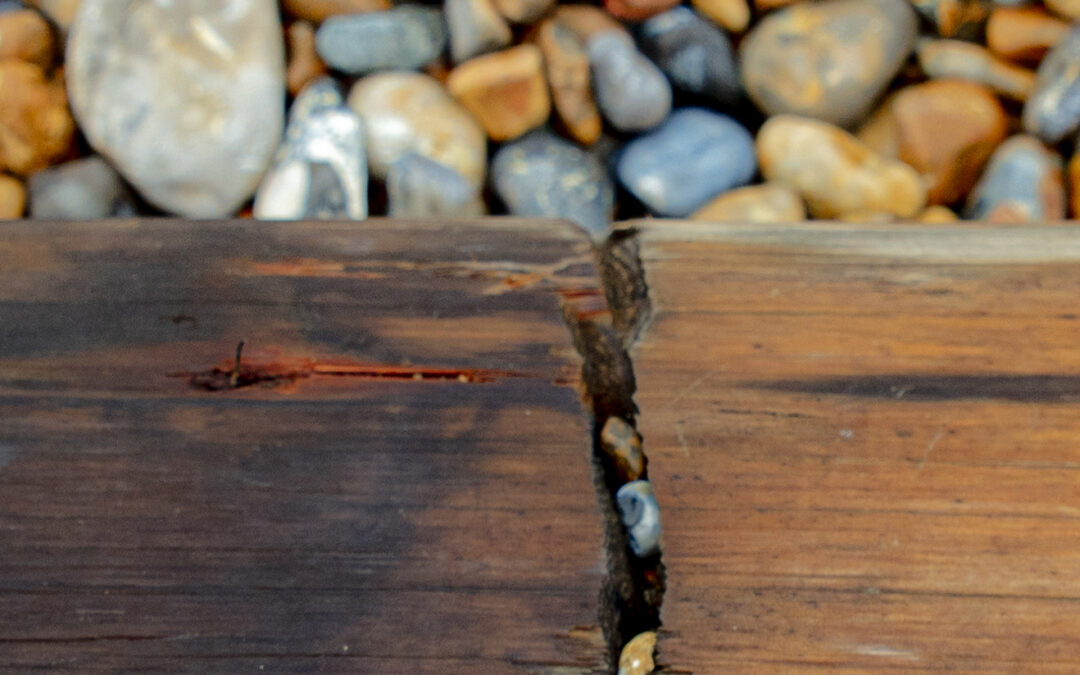
Recent Comments